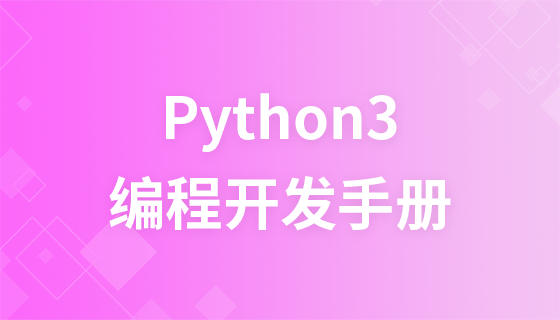HTML block
HTML <div> and <span>
HTML can combine elements through <div> and <span>.
HTML Block Element
Most HTML elements are defined as block-level elements or inline elements.
Block-level elements usually start (and end) with a new line when displayed by the browser.
Examples: <h1>, <p>, <ul>, <table>
HTML inline elements
Inline elements usually do not start on a new line when displayed.
Example: <b>, <td>, <a>, <img>
HTML <div> element
The HTML <div> element is a block-level element that can be used as a container to combine other HTML elements. The
<div> element has no specific meaning. In addition, since it is a block-level element, the browser will display line breaks before and after it.
If used with CSS, the <div> element can be used to set style attributes on large blocks of content. Another common use of the
<div> element is in document layout. It replaces the old-fashioned way of using tables to define layouts. Using the <table> element for document layout is not a correct use of tables. The <table> element is used to display tabular data.
HTML <span> with elements
HTML <span> elements are inline elements that can be used as containers for text
The<span> element also has no specific meaning.
When used with CSS, the <span> element can be used to set style attributes for portions of text.
<!DOCTYPE html> <html> <head> <meta charset="utf-8"> <style> </style> </head> <body> <div> <p>标题</p> <span> 内容 </span> </div> </body> </html>














